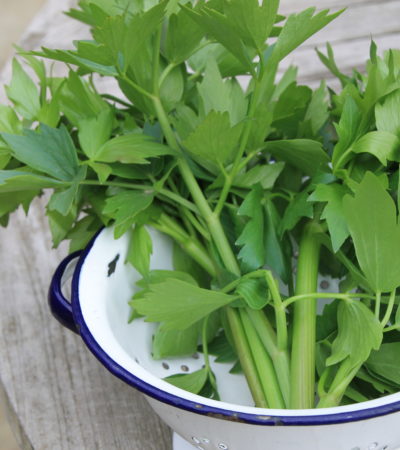If you do just one thing this week… take a breath
words by Rose Dahlsen
Just as the tide of the waves rock continuously back and forth, so too does our breath. The rhythmic engine of our lungs work ceaselessly to deliver oxygen from the air into our blood, nourishing the trillions of cells that form our beings. We breathe in and out on average 22, 000 times a day. Yet, it’s rare that we stop to consider our breath.
In its natural state, our breathing patterns move in various shapes and forms. The character of our gulps and gasps fluctuate depending on mood, the recent consumption of food, body temperature or thought activity. With the turbulent motion of our lives, comes the turbulent movement of our breath. The bustle, stresses and tensions of our everyday living can manifest themselves in erratic unconscious breathing patterns. The jolt of bad news commonly causes us to gasp in alarm, whilst the onset of stress or anxiousness takes the shape of shallow inhalation. “Regulate the breathing, and thereby control the mind” acknowledges B. K. S. Iyengar, one of the world’s leading yoga teachers and founder of Iyengar yoga. Our breath may be irregular, but it can be managed.
Pranayama, a Sanskrit word meaning “extension of the life force”, is a formal yoga technique to control the breath and lies at the heart of all yoga practice. Prana, the “vital energy” or “life force”, was taught by the ancient practitioners to be refined and nurtured through different breathing exercises. The varying techniques break the instinctive erratic breathing shape, and instead introduce a longer, smoother and more easeful breath. The process of the practice invites a calmer, rejuvenated and more uplifted mind.
Whilst it is recommended that pranayama should be practiced under the guidance of an experienced teacher, there are simple techniques that can be put into play to re-configure the breath and revitalize a weary mind. Gentle diaphragmatic breathing and various techniques to lengthen your exhalation take just minutes, but can have lasting results.
Put it into action: try this basic breathing exercise…
Lie comfortably on your back with your knees bent. Place your feet flat on the floor about hip-distance apart. Rest the palm of your hand on your abdomen and begin to breathe comfortably for a few moments. Observe the quality and movement of your breath. You might find it’s tense, strained, shallow or perhaps uneven. Gradually start to take control of each inhale and exhale, introducing a minor pause after each in-breath and out-breath to make your breathing as relaxed and smooth as possible.
Once your breath begins to feel more fluid and easeful, start to notice the movement of the rest of your body. As you inhale, the abdomen naturally expands. As you exhale, notice the slight contraction of the abdomen. Begin to gently expand the abdomen on the inhale and contract the abdomen on the exhale. This supports the natural movement of the diaphragm, whilst allowing yourself the delight of a rich, full and relaxed breath. Continue the practice for 6 to 12 breaths.
Benefits: This gentle introduction to diaphragmatic breathing encourages you to breathe more consciously with fuller breaths. The practice quietens and calms the whole nervous system, reducing stress, anxiety and improving self-awareness.
When: At least once a day, at any time. Incorporate gentle breathing exercises to the start, middle or close of your day.
Image by Jai Mayhew














